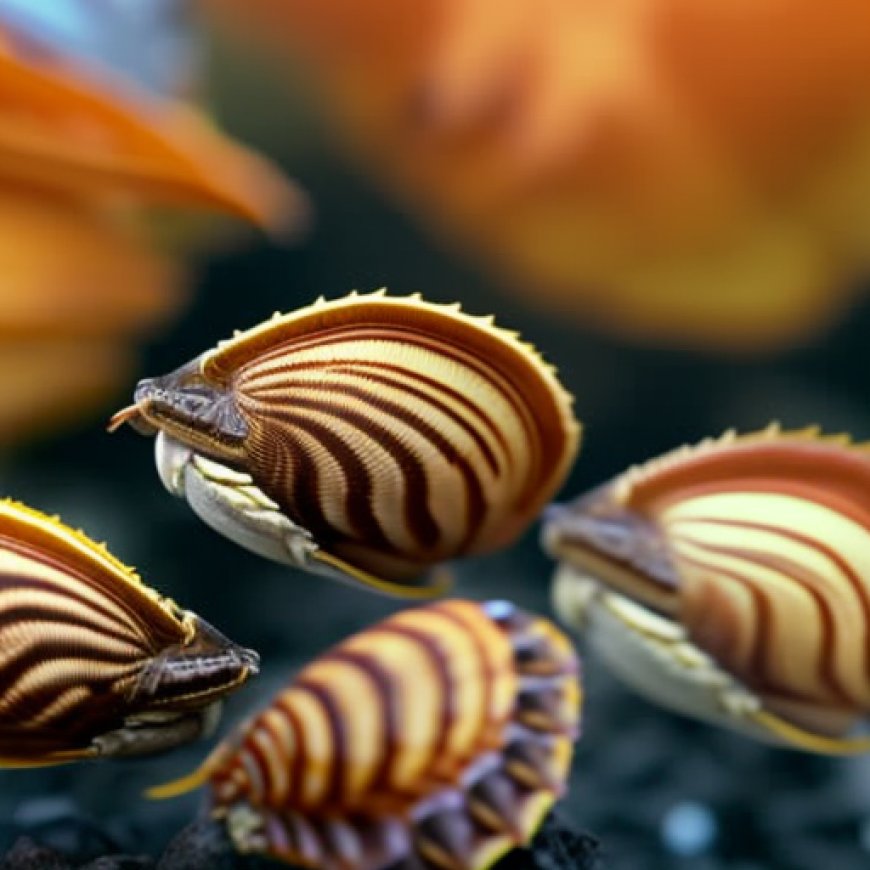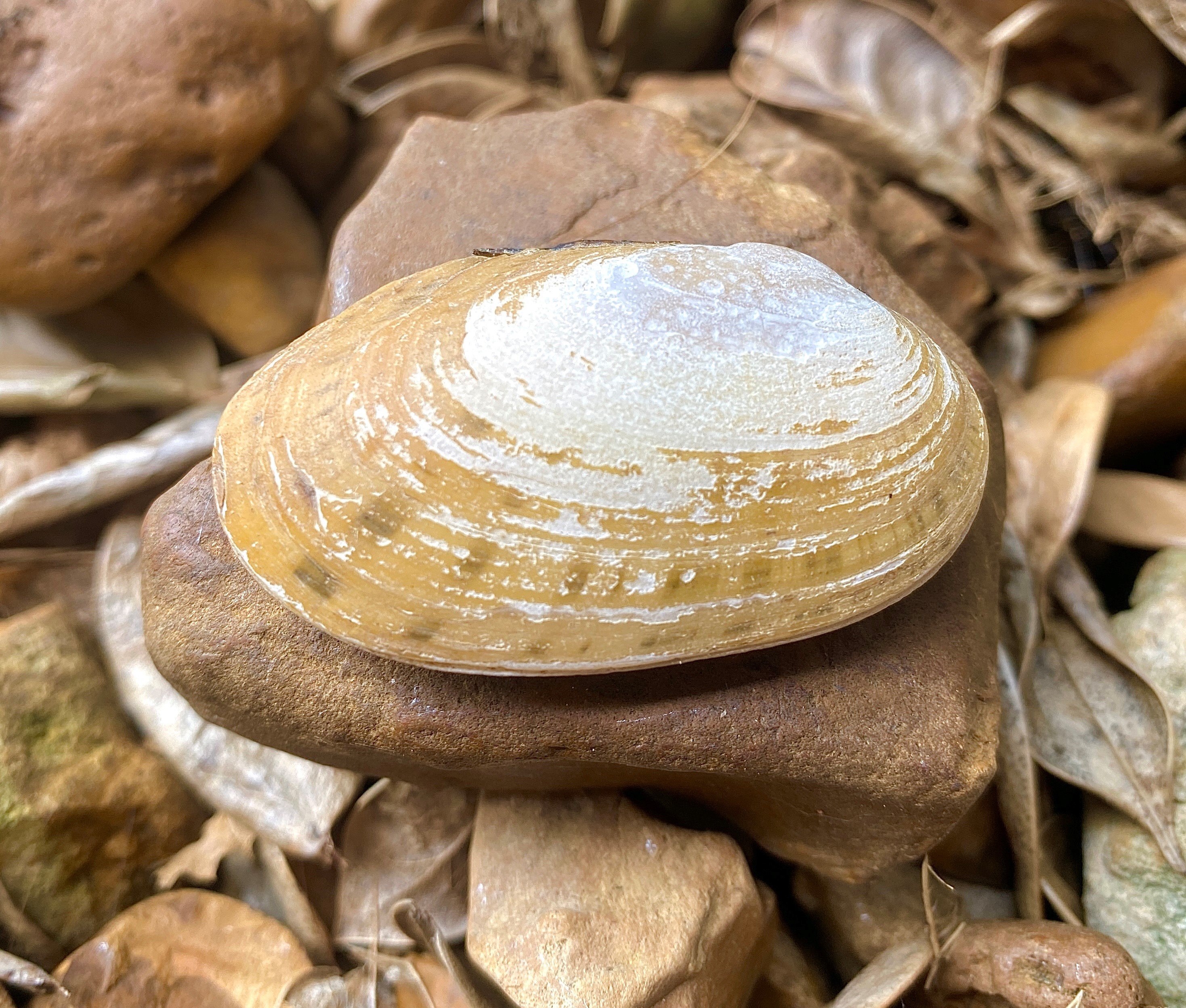Four Freshwater Mussels, One Crayfish Proposed for Endangered Species Protection
Four Freshwater Mussels, One Crayfish Proposed for Endangered ... Center for Biological Diversity


NASHVILLE, Tenn.— U.S. Fish and Wildlife Service Proposes Endangered Species Act Protection for Freshwater Mussels and Crayfish

Introduction
In response to a legal petition and lawsuit from the Center for Biological Diversity, the U.S. Fish and Wildlife Service today proposed to protect four freshwater mussels and a crayfish under the Endangered Species Act. The Center and its allies petitioned for protection of all five species in 2010.
Sustainable Development Goals (SDGs)
- Goal 14: Life Below Water
- Goal 15: Life on Land
Importance of Protecting Freshwater Animals
“Freshwater animals are at the forefront of the extinction crisis in the United States and the Endangered Species Act is the most powerful tool we have to make sure they aren’t lost forever,” said Tierra Curry, a senior scientist at the Center. “Protecting these five little-known species will make sure they have a future and will also help keep rivers cleaner for wildlife and for people.”
Threats to the Species
The four mussels are proposed for endangered species protection, which means they face extinction. The crayfish is proposed for threatened protection, meaning it is likely to become endangered without conservation action. All the species are threatened by water pollution, dams, and changing water temperatures and river flows due to severe droughts and floods.
Conservation Action
“The rate that the Service is protecting animals and funding their recovery isn’t keeping up with the accelerating threats wildlife in the United States face,” said Curry. “Our wellbeing is completely dependent on the health of wild communities and we have to prioritize protecting them in the face of this wildlife extinction emergency.”
Endangered Species Act
The Endangered Species Act, which turns 50 this year, has saved 99% of the plants and animals under its care and 90% of the 1,800 listed species are moving toward recovery.
Species Background
Salamander Mussel
The salamander mussel is found in 14 states including Arkansas, Illinois, Indiana, Iowa, Kentucky, Michigan, Minnesota, Missouri, New York, Ohio, Pennsylvania, Tennessee, West Virginia and Wisconsin. The Service is proposing 2,012 river miles in Indiana, Kentucky, Michigan, Minnesota, New York, Ohio, Pennsylvania, Tennessee, West Virginia and Wisconsin as critical habitat for the species. This designation will ensure that any federally funded or permitted activities do not jeopardize the salamander mussel or degrade its habitat.
The salamander mussel is so named because it’s the only mussel that uses a salamander instead of a fish to host its larvae. Pollution threatens the mussel as well as the mudpuppy salamander that it depends on to reproduce. Only 66 of 110 historically known populations still survive. The salamander mussel lives for 10 years and is 2 inches long with a thin, tan shell.
Tennessee Clubshell
The Tennessee clubshell is found in the Tennessee River and Cumberland River watersheds in Alabama, Georgia, Kentucky, North Carolina, Tennessee and Virginia. It can live to be 50 and uses darters and minnows as hosts for its larvae. It is 4 inches long with a triangular shaped tawny brown shell with green rays.
Tennessee Pigtoe
The Tennessee pigtoe lives in the Tennessee River drainage in Alabama, Georgia, North Carolina, Tennessee and Virginia. It can live to be 50 years old and reach nearly 4 inches long with an oval shell that is yellowish brown with dark green stripes.
Cumberland Moccasinshell
The Cumberland moccasinshell lives in the Tennessee River and Cumberland River drainages in Alabama, Georgia, Kentucky, Tennessee and Virginia. It can live to be 24 and is elliptical in shape attaining 2.5 inches in length. It only uses darters as host fish.
Brawleys Fork Crayfish
The Brawleys Fork crayfish prefers areas with riparian cover for shade and places where groundwater enters streams and keeps the water temperature cooler. It’s threatened by runoff and silt from agriculture, plant nurseries, logging, urbanization and gravel dredging. It’s found in 20 streams in five watersheds, none of which are considered very healthy. Two populations are in moderate condition and three are in low condition.
The Service is proposing 87 river miles of critical habitat for the crayfish in Cannon, Rutherford and Warren counties in Tennessee in the Stones River and Collins River watersheds. The Service is still developing a proposal to protect critical habitat for the Tennessee clubshell, Tennessee pigtoe and Cumberland moccasinshell.
SDGs, Targets, and Indicators
1. Which SDGs are addressed or connected to the issues highlighted in the article?
- SDG 14: Life Below Water – Protect and restore water-related ecosystems and promote their sustainable use.
- SDG 15: Life on Land – Protect, restore, and promote sustainable use of terrestrial ecosystems, sustainably manage forests, combat desertification, and halt and reverse land degradation and halt biodiversity loss.
2. What specific targets under those SDGs can be identified based on the article’s content?
- Target 14.1: By 2025, prevent and significantly reduce marine pollution of all kinds, in particular from land-based activities, including marine debris and nutrient pollution.
- Target 15.5: Take urgent and significant action to reduce the degradation of natural habitats, halt the loss of biodiversity, and protect and prevent the extinction of threatened species.
3. Are there any indicators mentioned or implied in the article that can be used to measure progress towards the identified targets?
- Indicator for Target 14.1: Percentage of freshwater mussels and crayfish populations protected under the Endangered Species Act.
- Indicator for Target 15.5: Number of freshwater mussel and crayfish species proposed for endangered or threatened protection under the Endangered Species Act.
Table: SDGs, Targets, and Indicators
| SDGs | Targets | Indicators |
|---|---|---|
| SDG 14: Life Below Water | Target 14.1: By 2025, prevent and significantly reduce marine pollution of all kinds, in particular from land-based activities, including marine debris and nutrient pollution. | Percentage of freshwater mussels and crayfish populations protected under the Endangered Species Act. |
| SDG 15: Life on Land | Target 15.5: Take urgent and significant action to reduce the degradation of natural habitats, halt the loss of biodiversity, and protect and prevent the extinction of threatened species. | Number of freshwater mussel and crayfish species proposed for endangered or threatened protection under the Endangered Species Act. |
Behold! This splendid article springs forth from the wellspring of knowledge, shaped by a wondrous proprietary AI technology that delved into a vast ocean of data, illuminating the path towards the Sustainable Development Goals. Remember that all rights are reserved by SDG Investors LLC, empowering us to champion progress together.
Source: biologicaldiversity.org

Join us, as fellow seekers of change, on a transformative journey at https://sdgtalks.ai/welcome, where you can become a member and actively contribute to shaping a brighter future.







